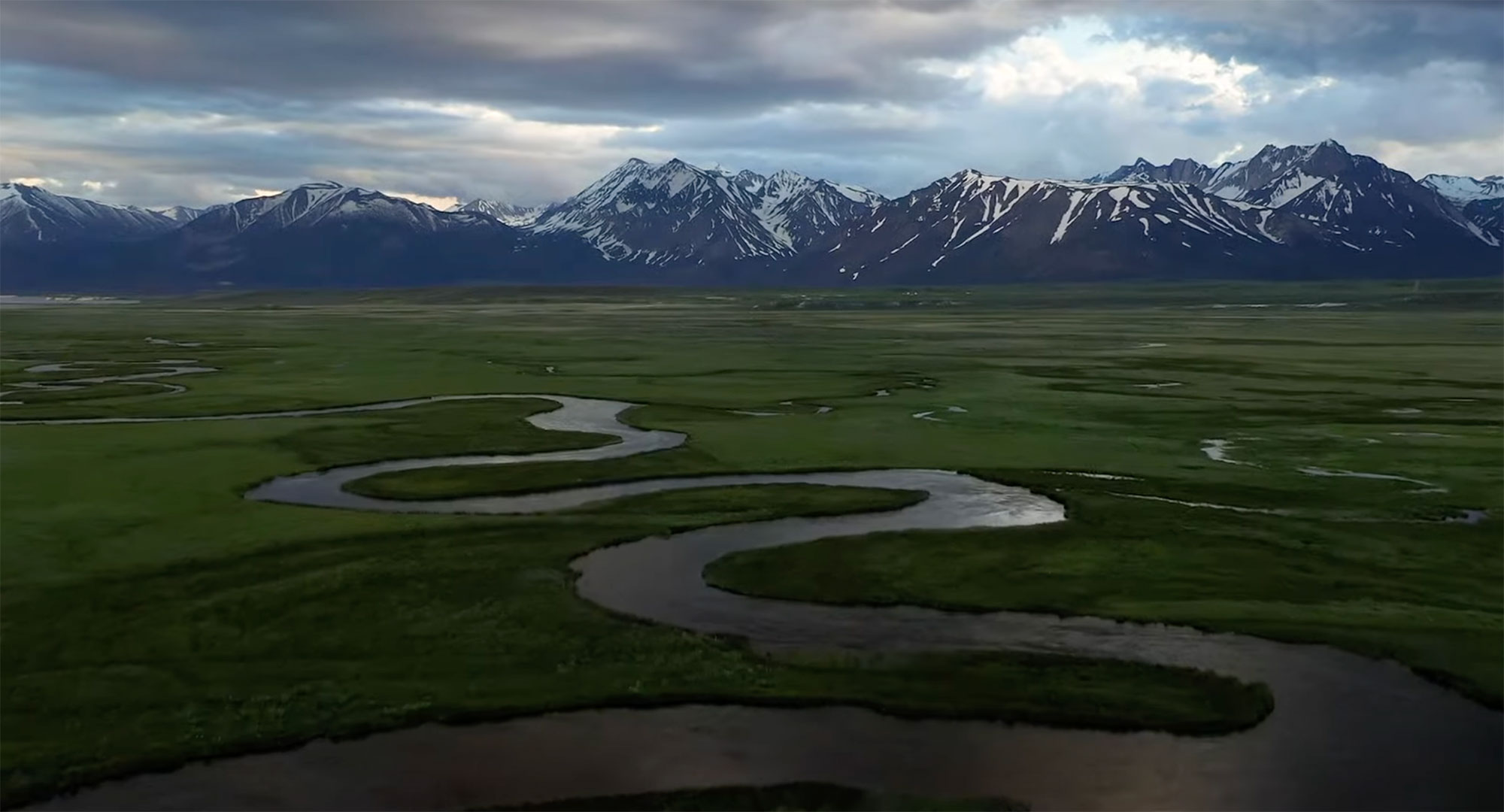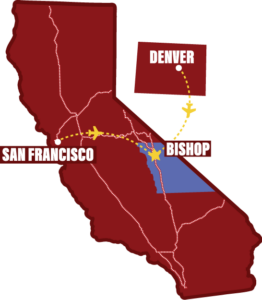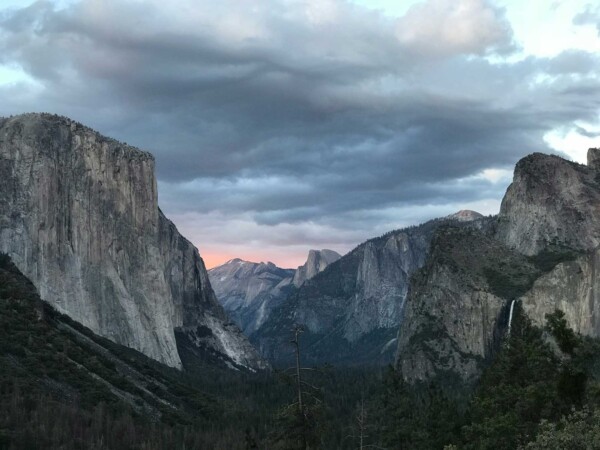
Yosemite Valley
The Grandest Landscape. For centuries, people have tried to put into words the majesty that is Yosemite. From epic spring waterfalls to towering granite icons like El Capitan and Half Dome, the whole vista seems designed to make humans feel small. Beyond Yosemite Valley itself, the Park offers wide-open lakes, peaceful alpine meadows, giant sequoia groves, and much more. Whether you start or finish your Eastern Sierra Tour here, you’ll remember it for a lifetime.

Mono Lake
The Saltiest Swim. The largest natural lake in California, Mono Lake is an amazing 2.5 times saltier than the ocean and is one of the western hemisphere’s oldest lakes. Mono Lake is one of the most studied— and photographed—bird sanctuaries in North America and is also a beautiful ever-changing oasis of light and color. Photographers love its jagged snow-capped mountain reflections and the eerie spires, with the best displays located at the South Tufa Reserve.
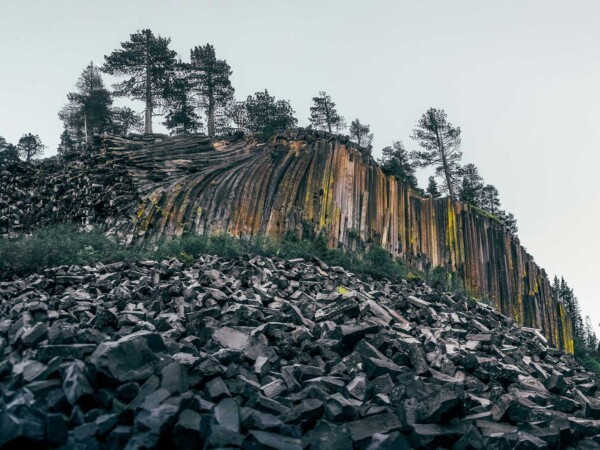
Devils Postpile
The Strangest Structures. Tens of thousands of years ago, a thick flow of lava slowed and cooled, contracting into 6-sided columns. Devils Postpile is one of the best examples of these natural basalt columns in the world, some reaching as high as 60 feet. Besides these eerie natural stone towers, the Devils Postpile National Monument offers varied opportunities for recreation, from hiking to horseback riding and sightseeing to wildlife viewing, over its 800-acre site.
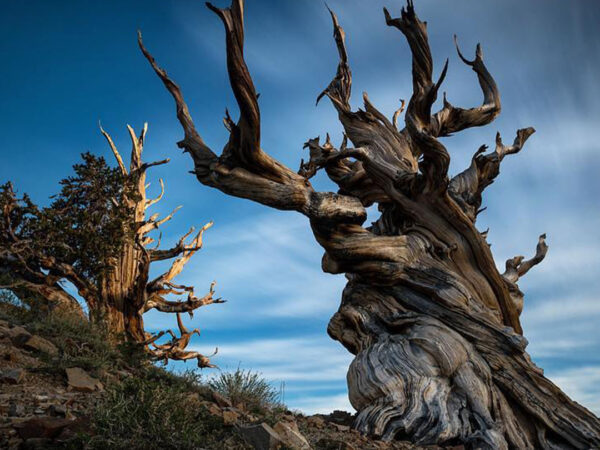
Ancient Bristlecone Forest
The Oldest Living Thing. Bristlecone pines grow in the poorest soils and harshest environments, reaching out to the sky from rocky bluffs and outcrops just below the tree line. Some of these gnarled and twisted trees are over 4,700 years old—making them the oldest living things on the planet. Trails from the Visitor Center at Schulman Grove lead you past specimens of varying age and size, with views overlooking the Owens Valley.
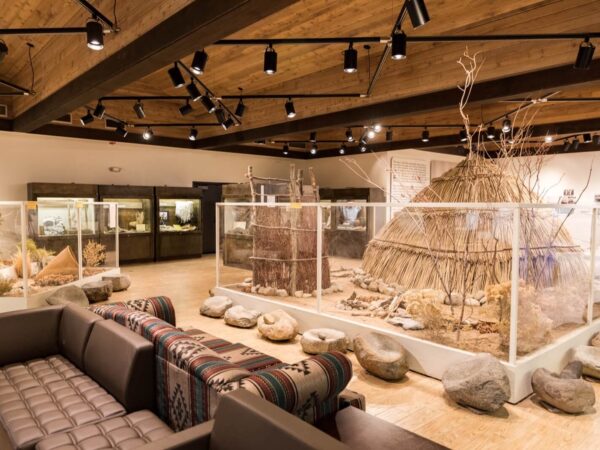
Paiute Shoshone Cultural Center
The Earliest Communities. The Owens Valley is home to cultures as old as the Bristlecone pines. A museum and cultural center that serves the community and safeguards its history, Owens Valley Paiute Shoshone Cultural Center offers insights into the Nuumu (Paiute) and Newe (Shoshone) nations that originally inhabited the area. These beautiful grounds offer a quiet break from the road, where traditions of the past meet a shared vision for the future of this land and the community.
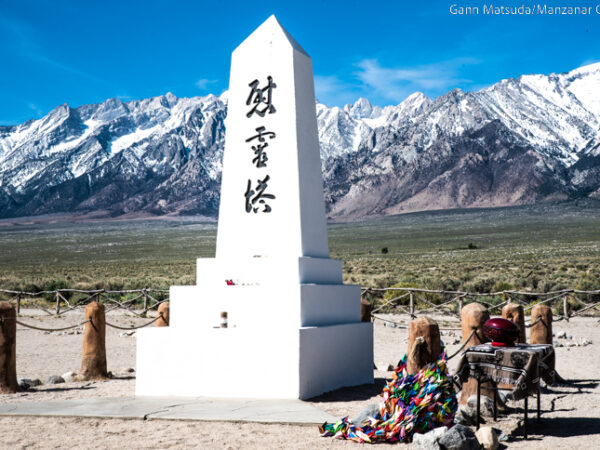
Manzanar
The Truest View. If this road trip feels remote to you today, imagine how it must have felt for Japanese families relocated here in 1942. The Manzanar War Relocation Center was one of ten camps at which Japanese American citizens and resident Japanese aliens were incarcerated during World War II. Located between the towns of Lone Pine and Independence, Manzanar is one of the best preserved of these camps
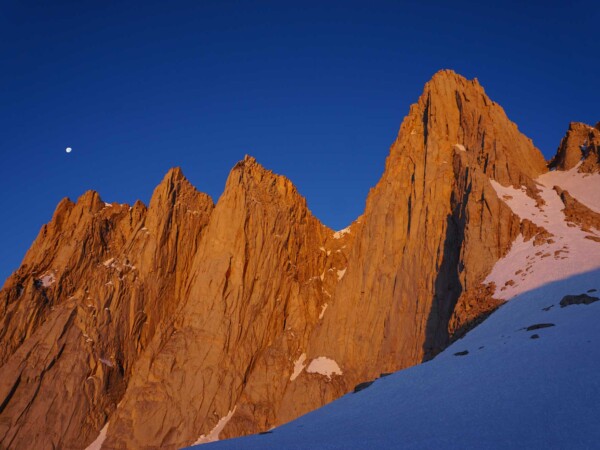
Mt. Whitney
The Highest Peak in the Contiguous US. With spires that rise like dragon’s teeth from the horizon, reaching 14,505 feet, Mt. Whitney looks as unassailable as a medieval fortress. Yet the Whitney Portal Road welcomes you, with views that make it one of the most scenic drives in California. For dedicated mountaineers, there is more than one route to the summit of Mount Whitney, the tallest peak in the contiguous United States. (The route from Whitney Portal is a little under 22 miles round trip, with an elevation gain of 6,134 feet). More casual road-trippers may just want to stop for pancakes at the Whitney Portal Store and Café — no doubt, some of the fluffiest (open in the summer).
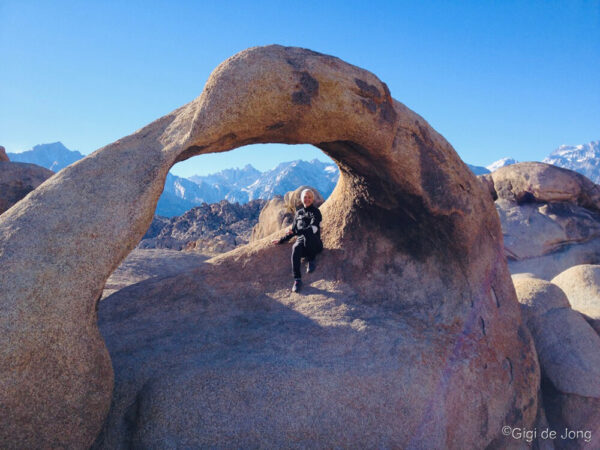
Alabama Hills
The Wildest West. If you’ve watched any old western movies, you may have already seen some of the Alabama Hills. This National Scenic Area is home to rounded rock formations, tawny Sierra hills, and hundreds of natural stone arches. The Alabama Hills are a natural playground for hikers, climbers, landscape photographers, plein air painters and nature lovers.
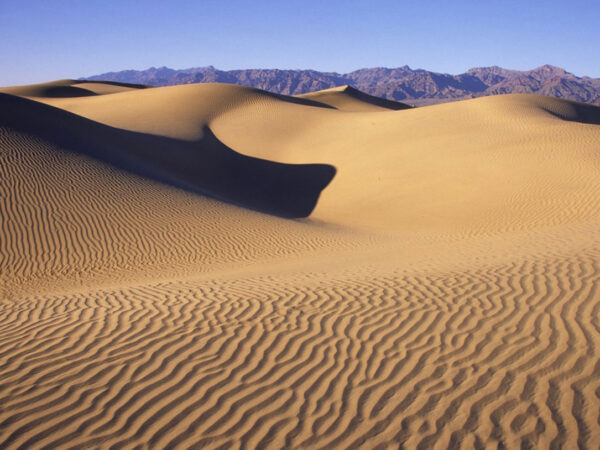
Death Valley
America’s Hottest, Driest and Lowest National Park. Whether you begin or end here, the extreme nature of this massive desert basin must be experienced to be believed. See one of the largest saltpans on Earth with scenery that would look at home on a desert planet from Star Wars. Yet, despite its name, this area hosts a diversity of life, from lush oases to vast fields of wildflowers that appear after one of its rare rainstorms. You could also add another ‘-est' to its title, as the Largest National Park in the Lower 48.

Bodie Ghost Town
The Loneliest Town. Turn off a long, quiet stretch of historic Highway 395, get out of your car and get ready to step right into the past. In 1880, the town of Bodie was home to some 10,000 miners, store owners, gunfighters, robbers and people from every part of the world. Now it’s a ghost town of weathered buildings, rust and faded dreams. The California State Park System that manages this property has chosen to leave the buildings in their natural state of deterioration rather than restore them. Yet, Bodie remains impressively well preserved. You can book ghost walks and tours, or just spend hours wandering its streets, peering in windows and listening for the past.












